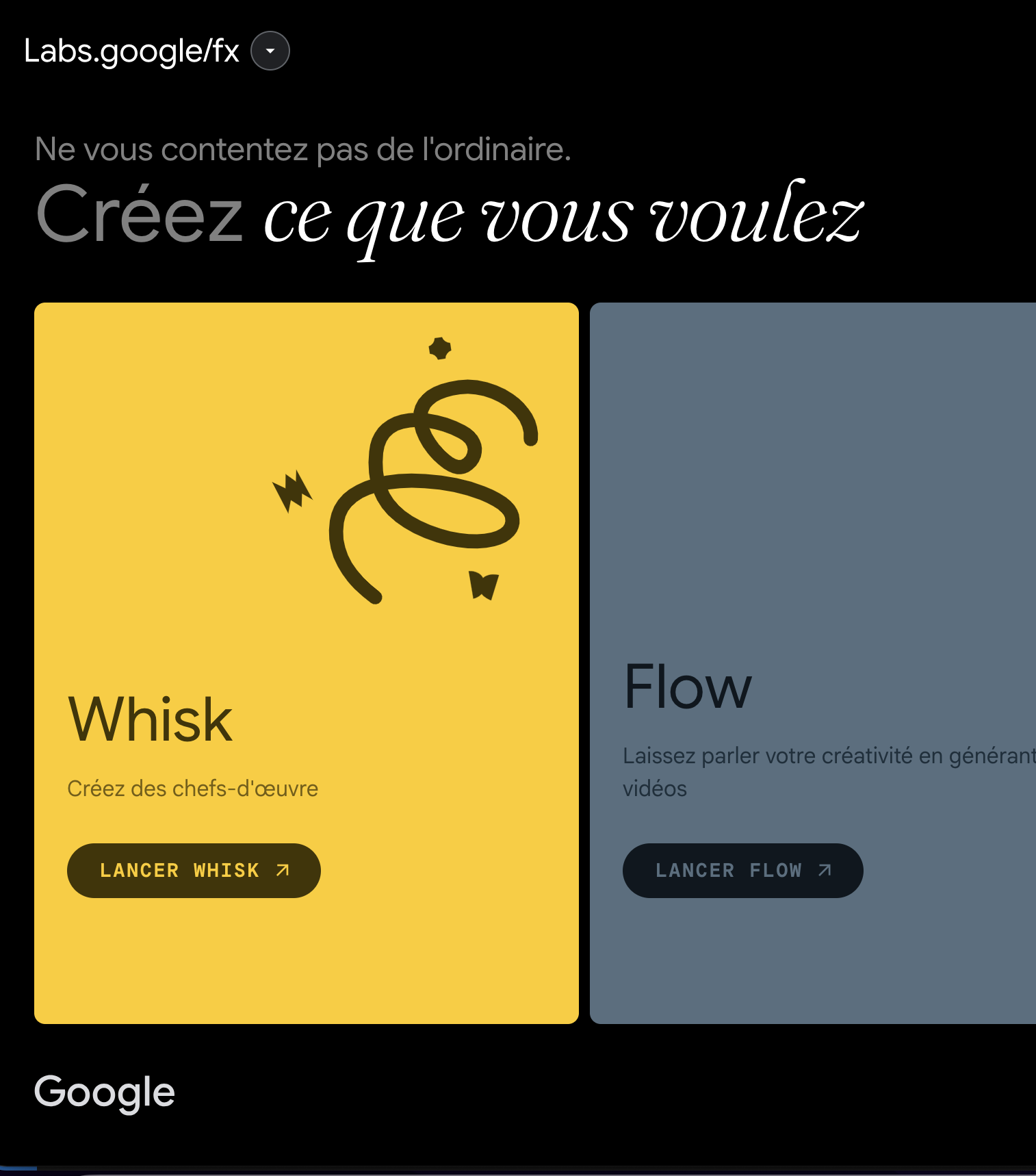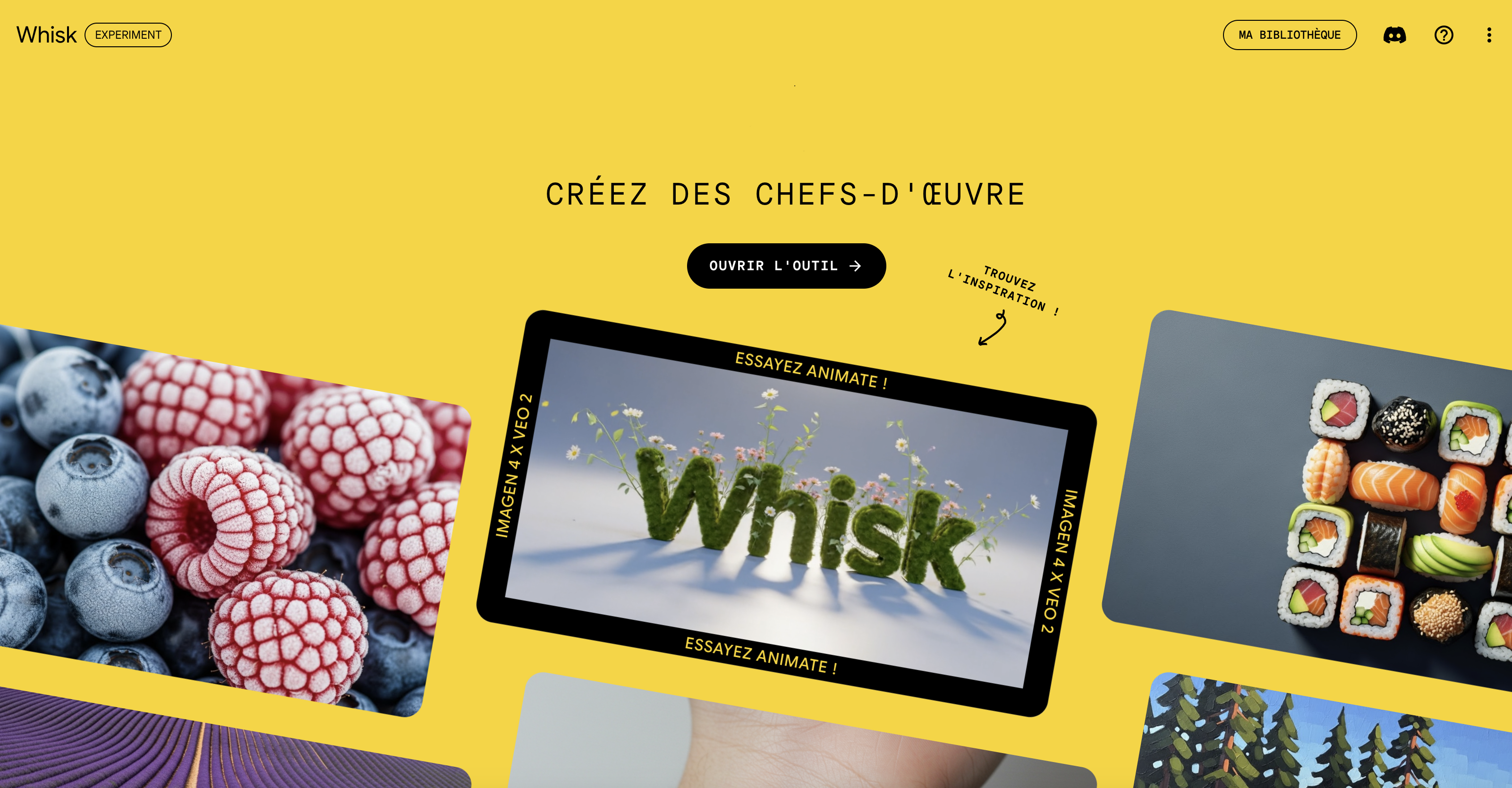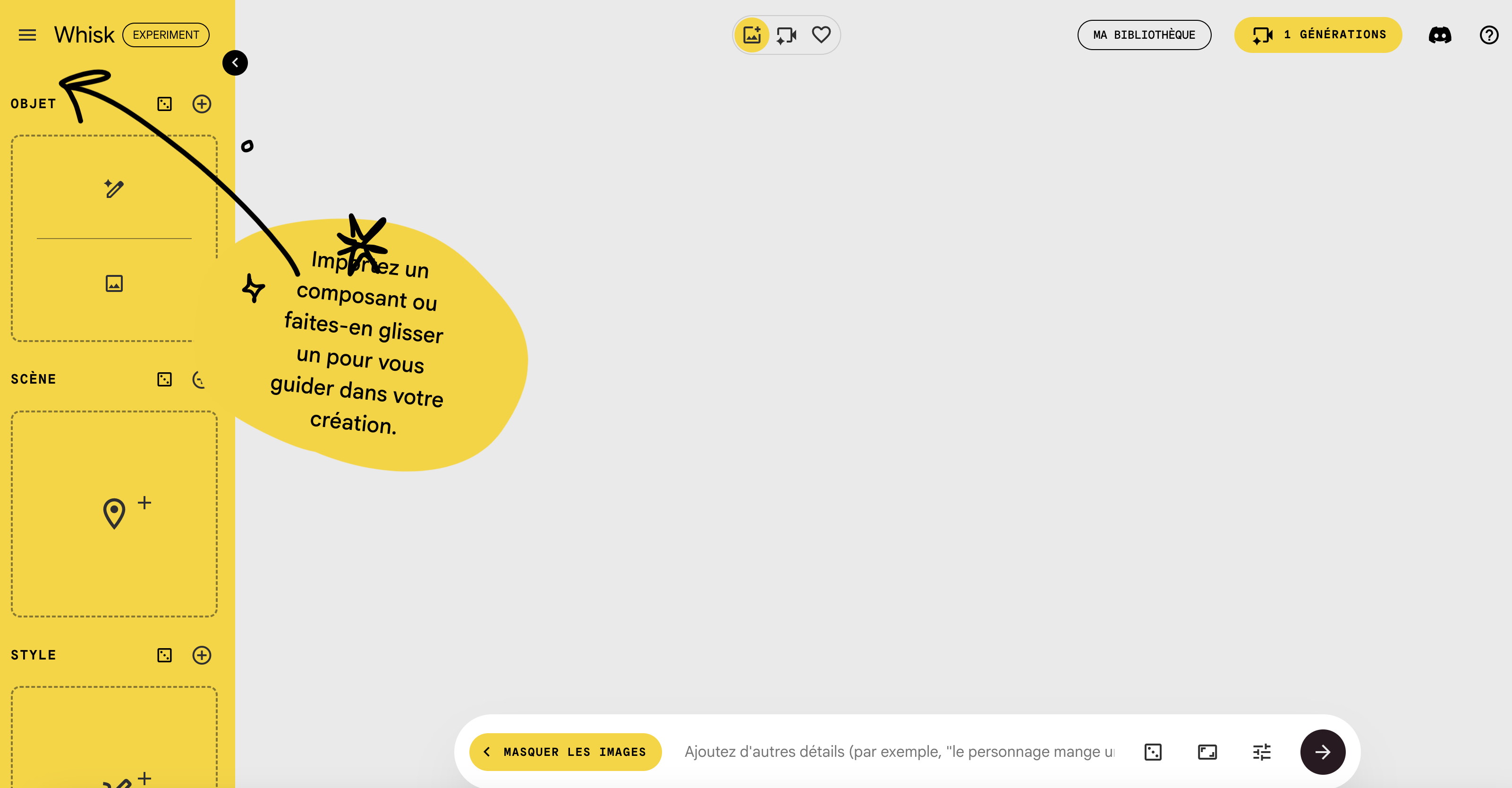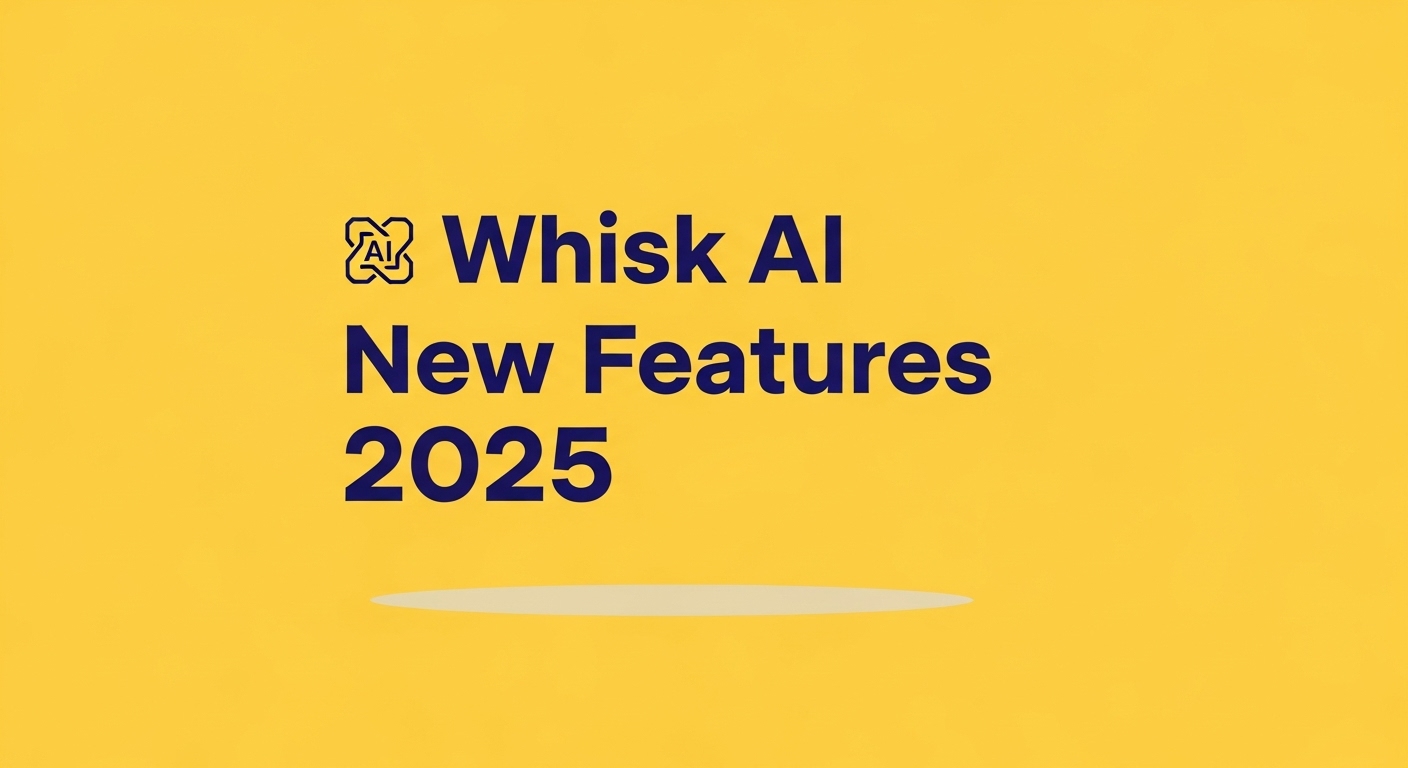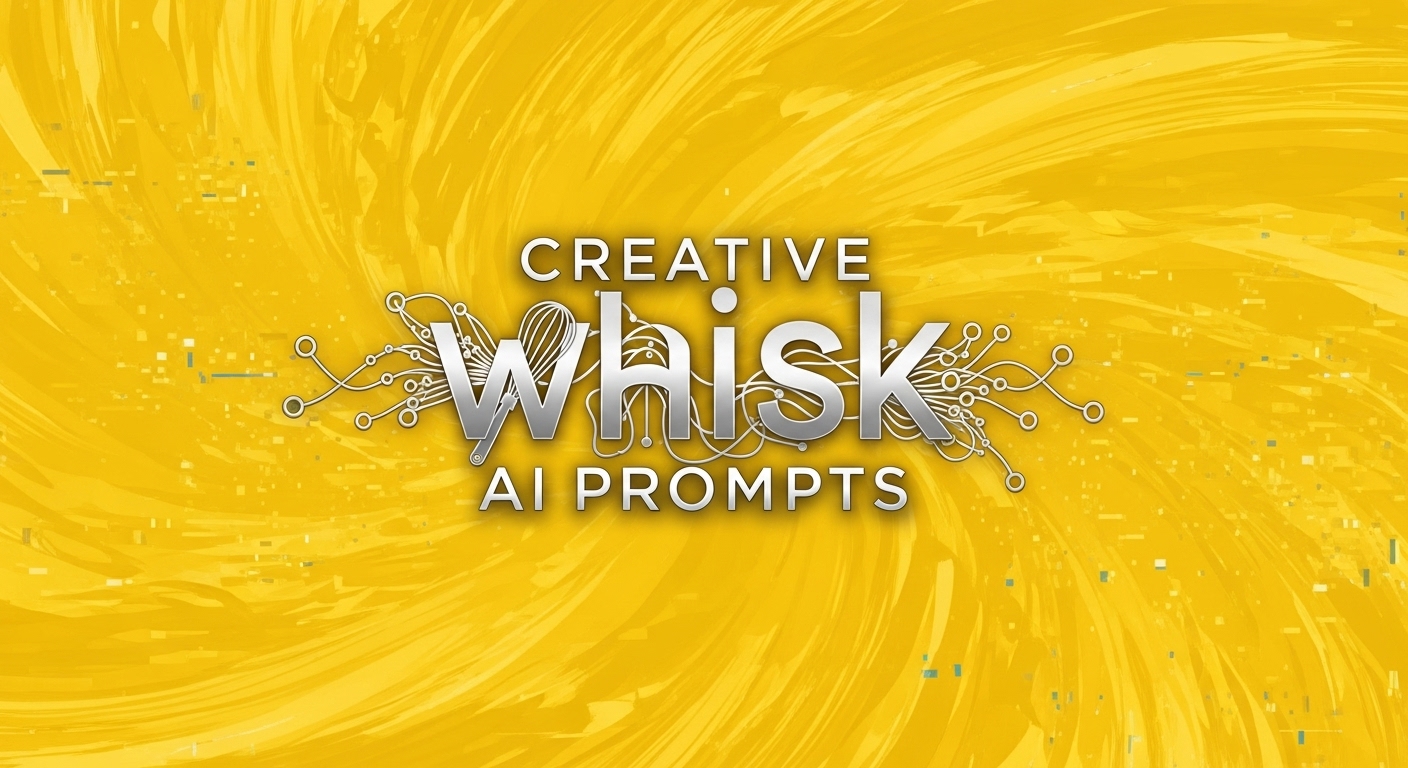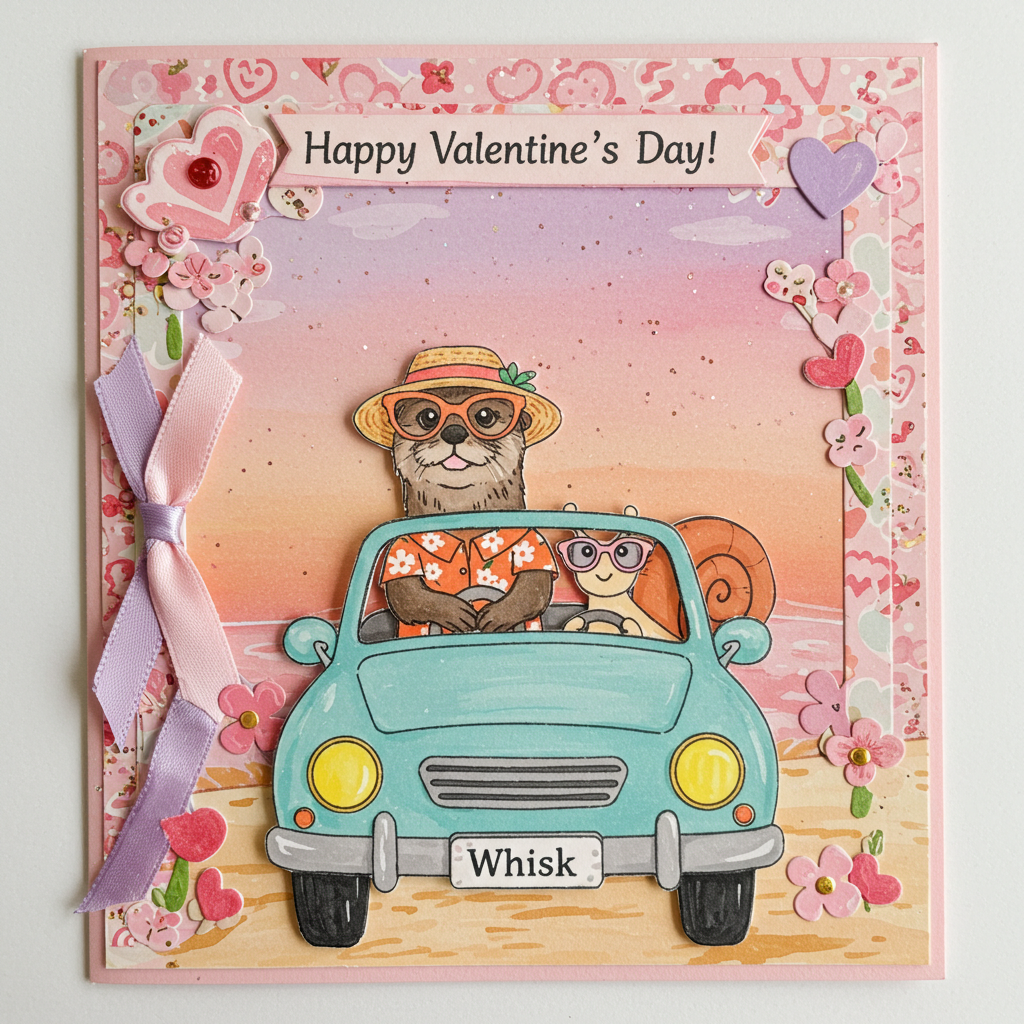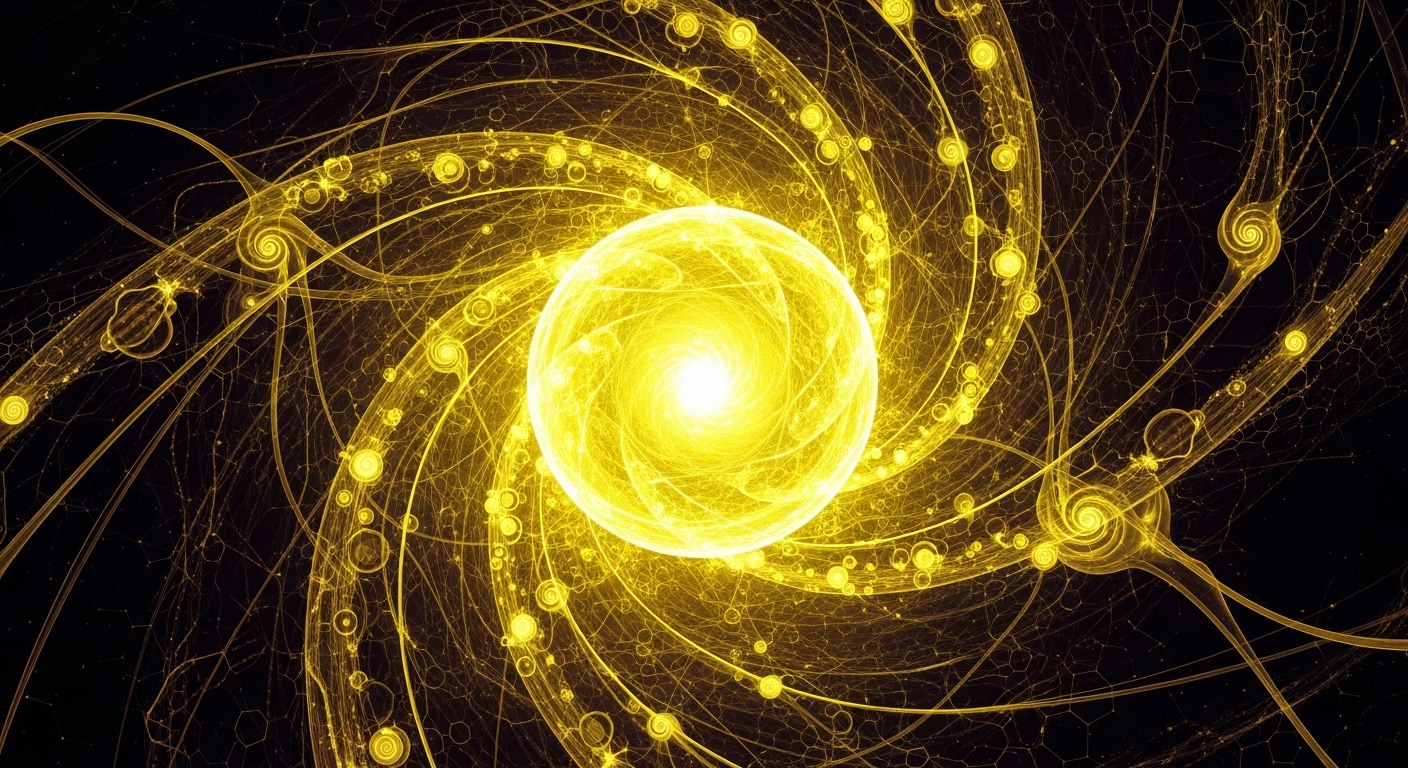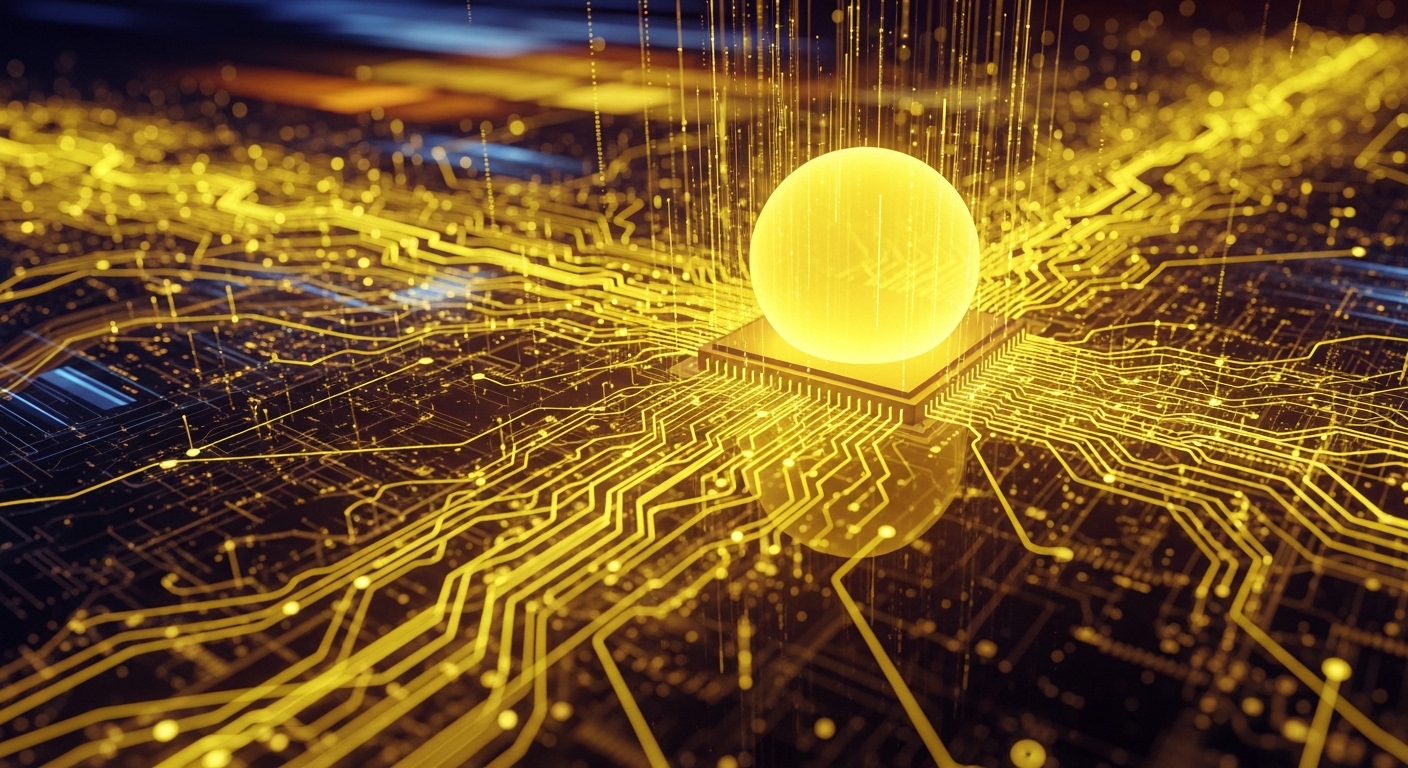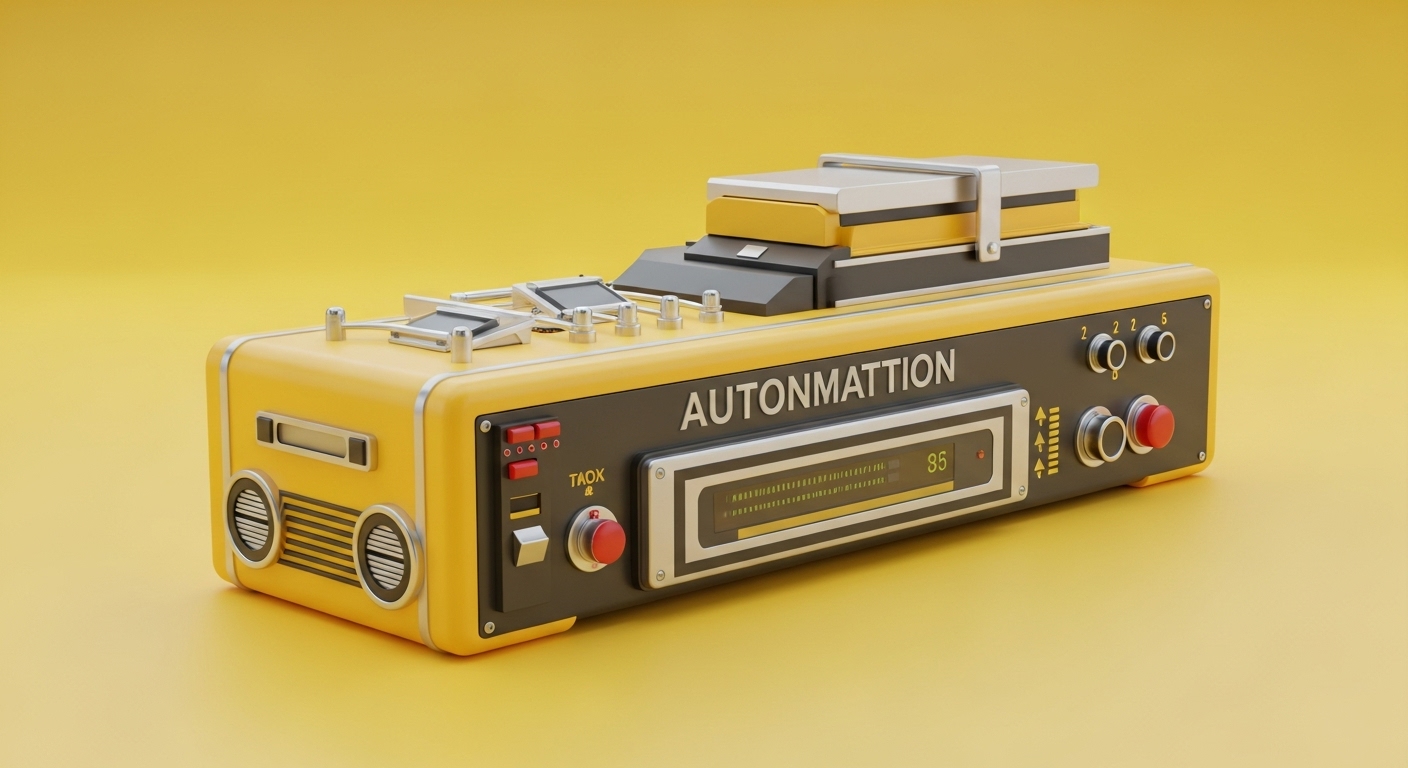Advanced Whisk AI Techniques for Unique Results
Mastering the Art of Visual Input Selection
When working with whisk AI, the foundation of exceptional results lies in strategic input selection. This Google Labs innovation requires three distinct visual elements: subject, scene, and style. Advanced users understand that the quality and compatibility of these inputs directly influence the final output. Consider selecting high-resolution images with clear focal points for your subject input. The subject should be well-lit and positioned prominently within the frame to ensure whisk AI can accurately identify and blend the essential characteristics.
For optimal results, choose subjects with distinct textures, shapes, or recognizable features that will translate well across different contexts. Avoid cluttered backgrounds in your subject images, as this can confuse the AI's processing algorithms. Professional photographers and digital artists have discovered that images with neutral or minimal backgrounds allow whisk AI to focus on the core elements you want to preserve. Additionally, consider the emotional impact of your subject choice – bold, expressive subjects tend to create more compelling final compositions than mundane or static elements.
Strategic Scene Composition for Maximum Impact
The scene input in whisk AI serves as the environmental foundation that contextualizes your creative vision. Advanced practitioners recognize that scene selection goes beyond simple background choices – it's about creating narrative depth and visual hierarchy. Urban landscapes, natural environments, and architectural spaces each offer unique advantages depending on your artistic goals. Metropolitan scenes provide dynamic energy and modern aesthetics, while natural landscapes offer organic textures and atmospheric depth.
When selecting scenes for whisk AI, consider the lighting conditions, perspective, and spatial relationships within the image. Wide-angle shots with interesting foreground, middle ground, and background elements create rich layering opportunities. Professional users often choose scenes with strong directional lighting, as this helps whisk AI understand spatial relationships and apply realistic shadow patterns. Weather conditions and time of day in your scene input significantly impact the mood and authenticity of your final creation. Dramatic skies, golden hour lighting, or misty atmospheric conditions can elevate your whisk AI results from good to extraordinary.
Style Input Mastery: Beyond Basic Artistic References
The style input represents the creative DNA that whisk AI will weave throughout your composition. Advanced users move beyond obvious artistic styles like "impressionist painting" or "photography" to explore nuanced aesthetic approaches. Consider using images that represent specific artistic movements, cultural aesthetics, or even technical processes. Abstract expressionist works, vintage photography techniques, or contemporary digital art styles each offer unique transformation possibilities.
Successful whisk AI practitioners often create libraries of style references categorized by mood, color palette, texture quality, and artistic technique. Mixed media artworks, architectural details, fabric patterns, or natural phenomena can serve as compelling style inputs. The key is understanding how different stylistic elements translate through whisk AI's processing. Heavily textured styles will emphasize surface details, while minimalist styles will simplify and streamline your composition. Color-dominant styles will shift your entire palette, while monochromatic styles will focus attention on form and contrast relationships.
Color Harmony Optimization in Whisk AI Workflows
Color relationships play a crucial role in whisk AI success, yet many users overlook this fundamental aspect. Advanced techniques involve pre-analyzing the color palettes of your three input images to ensure harmonious blending. Use color theory principles to select inputs with complementary, analogous, or triadic color relationships. Whisk AI performs best when input images share similar saturation levels or intentionally contrast in specific ways.
Consider using color grading tools to adjust your input images before uploading to whisk AI. This preprocessing step allows you to control the color narrative more precisely. Warm-toned subjects paired with cool-toned scenes create natural depth and visual interest. Monochromatic approaches can produce elegant, sophisticated results when all three inputs share similar hue ranges but vary in saturation and brightness. Professional artists using whisk AI often create mood boards to visualize color relationships before beginning their blending process. Remember that whisk AI tends to preserve dominant colors from the style input, so choose this element carefully to achieve your desired color story.
Texture Blending: Creating Realistic Surface Details
One of whisk AI's most impressive capabilities lies in its texture synthesis and blending algorithms. Advanced users leverage this by carefully selecting inputs with complementary texture qualities. Smooth surfaces can be enhanced with organic textures, while rough materials can be refined with sleek, modern finishes. Understanding how different texture types interact within whisk AI opens up limitless creative possibilities.
Fabric textures, natural surfaces like wood or stone, and industrial materials each contribute unique characteristics to your final output. Whisk AI excels at mapping textures from the style input onto the subject while respecting the scene's environmental context. Experiment with contrasting texture scales – pairing fine, detailed textures with broad, sweeping patterns creates visual rhythm and complexity. Advanced practitioners often use macro photography of interesting surfaces as style inputs, allowing whisk AI to apply these detailed textures in unexpected and visually striking ways. Consider how lighting interacts with different textures, as whisk AI preserves these relationships in the final composition.
Lighting and Atmosphere Control Techniques
Mastering lighting within whisk AI requires understanding how the tool interprets and blends illumination from multiple sources. The scene input primarily determines overall lighting direction and quality, while the style input influences mood and atmospheric effects. Advanced users manipulate these elements strategically to create specific ambiances ranging from dramatic chiaroscuro effects to soft, ethereal glows.
Consider the light source positions in each of your inputs and how they might conflict or complement each other. Whisk AI generally prioritizes the scene's lighting scheme but incorporates atmospheric qualities from the style input. Golden hour photography, studio lighting setups, or natural phenomena like fog and rain can dramatically alter your results. Professional users often adjust the contrast and exposure of input images to emphasize specific lighting characteristics they want whisk AI to preserve or enhance. Backlighting, side lighting, and overhead illumination each create different sculptural qualities in your subject matter.
Scale and Proportion Manipulation Strategies
Understanding scale relationships within whisk AI enables creators to achieve surreal, fantastical, or hyper-realistic results. The tool's interpretation of size relationships between subject and scene opens up creative possibilities that traditional photo editing cannot achieve. Advanced practitioners experiment with dramatic scale contrasts – placing massive subjects in intimate scenes or tiny details in vast environments.
Whisk AI maintains the proportional relationships established in your scene input while integrating the subject at what it determines to be an appropriate scale. However, you can influence this by choosing scenes with specific architectural or natural reference points that suggest desired proportions. Urban environments with buildings, vehicles, or people provide clear scale indicators, while abstract or minimal scenes allow whisk AI more interpretive freedom. Consider how changing scale affects the narrative impact of your creation. Oversized everyday objects in natural settings create surreal, dreamlike qualities, while miniaturized subjects in expansive scenes evoke feelings of vulnerability or insignificance.
Advanced Composition Rules for Whisk AI Success
Compositional principles from traditional photography and fine art apply to whisk AI, but require adaptation for the tool's unique blending approach. The rule of thirds, leading lines, and symmetry all influence how whisk AI interprets and arranges your visual elements. Advanced users consider how these compositional elements from their scene input will interact with the subject placement and stylistic treatment.
Whisk AI tends to respect strong compositional elements from the scene input while finding harmonious placement for the subject. Diagonal lines, framing elements, and depth-creating techniques in your scene will influence the final composition significantly. Consider choosing scenes with clear compositional structures that will enhance rather than compete with your subject matter. Negative space in your scene input provides whisk AI with placement options for your subject, while busy, complex scenes may result in more chaotic arrangements. Professional artists using whisk AI often sketch preliminary compositions to visualize how their three inputs might combine before beginning the blending process.
Creative Subject Integration Methods
Beyond basic subject selection, advanced whisk AI users employ sophisticated strategies for subject integration. Consider using partially transparent subjects, subjects with interesting negative spaces, or subjects that naturally interact with environmental elements. These approaches allow whisk AI to create more seamless, natural-looking integrations rather than obvious composites.
Subjects photographed against neutral backgrounds integrate more smoothly, but subjects with interesting edge characteristics – flowing hair, fabric, or organic shapes – can create beautiful transition effects. Whisk AI excels at understanding the three-dimensional qualities of subjects and maintaining these characteristics within new environmental contexts. Experiment with subjects that have multiple focal points or complex internal structures, as these provide whisk AI with rich material for creative interpretation. Consider the interaction potential between your subject and scene – subjects that could logically exist within your chosen environment will produce more believable results.
Style Transfer Optimization for Professional Results
Professional-grade whisk AI results require sophisticated understanding of how style transfer affects different image elements. The tool doesn't simply apply a filter – it analyzes stylistic elements and reinterprets your entire composition through that aesthetic lens. Advanced users select style inputs based on specific qualities they want to emphasize: brushstroke patterns, color treatment, texture application, or overall artistic approach.
Mixed media artworks as style inputs often produce the most interesting whisk AI results because they provide multiple stylistic elements for the algorithm to interpret. Consider how different artistic mediums translate through whisk AI – watercolor styles create soft, flowing effects, while oil painting styles add texture and dimensionality. Digital art styles can produce clean, contemporary results, while vintage photography styles add character and historical context. Professional artists using whisk AI often create custom style references by combining multiple artistic approaches in a single input image.
Environmental Context Enhancement Techniques
The relationship between subject and environment in whisk AI extends beyond simple background replacement. Advanced practitioners consider how environmental factors like weather, season, geographic location, and cultural context influence the overall narrative and visual impact of their creations. These contextual elements affect lighting, color relationships, atmospheric effects, and the believability of the final composition.
Whisk AI incorporates environmental details that enhance the integration of your subject within the scene. Dust particles, atmospheric haze, reflective surfaces, and environmental lighting all contribute to realistic integration. Consider choosing scenes that provide rich contextual details – urban environments with multiple light sources, natural settings with complex atmospheric conditions, or interior spaces with interesting architectural features. Professional users often select environments that tell a story or create emotional resonance with their subject matter, resulting in more compelling and memorable whisk AI creations.
Resolution and Quality Optimization Best Practices
Achieving optimal image quality from whisk AI requires strategic attention to input image specifications and processing considerations. High-resolution inputs generally produce better results, but the relationship between file size, image quality, and processing time requires careful balance. Advanced users understand how different input qualities affect the final output and adjust their workflow accordingly.
Whisk AI performs best with well-exposed, sharp input images that showcase clear details and good contrast. However, extremely high-resolution inputs may not always yield proportionally better results due to processing limitations. Consider the intended use of your final creation when selecting input resolution – social media applications may not require maximum quality, while print applications demand higher specifications. Professional workflows often involve creating multiple versions with different quality settings to compare results and optimize for specific applications.
Advanced Workflow Organization and Asset Management
Professional whisk AI usage requires systematic organization of inputs, outputs, and creative iterations. Advanced practitioners develop cataloging systems for subjects, scenes, and styles that enable rapid experimentation and consistent results. Digital asset management becomes crucial when working on multiple projects or developing signature aesthetic approaches.
Consider creating themed collections of input materials organized by mood, color palette, artistic style, or project type. Whisk AI experimentation benefits from systematic testing – documenting successful input combinations allows you to refine your approach and develop repeatable techniques. Professional artists often maintain inspiration libraries with categorized reference materials specifically curated for whisk AI applications. Version control becomes important when iterating on promising combinations, as small changes in input selection can dramatically alter results.
Troubleshooting Common Whisk AI Challenges
Even experienced whisk AI users encounter challenges that require systematic troubleshooting approaches. Common issues include poor subject integration, color clashing, unrealistic lighting, or compositional problems. Advanced practitioners develop diagnostic skills to identify the source of problems and adjust inputs accordingly.
When whisk AI produces unexpected results, analyze each input's contribution to the problem. Subject images with complex backgrounds often cause integration issues, while scenes with competing focal points can create compositional chaos. Style inputs that clash dramatically with subject or scene characteristics may produce jarring results. Professional troubleshooting involves methodical testing – changing one input at a time to isolate variables and understand their individual impacts. Keep detailed notes about successful combinations and problem areas to build expertise over time.
Future Applications and Creative Possibilities
The potential applications for advanced whisk AI techniques continue expanding as creators discover new approaches and the technology evolves. Professional applications include concept art development, marketing material creation, architectural visualization, fashion design exploration, and artistic expression. The tool's ability to blend realistic and fantastical elements opens up possibilities that traditional methods cannot achieve efficiently.
Consider how whisk AI might integrate into broader creative workflows – as a brainstorming tool, concept development aid, or final production element. The technology's evolution suggests future enhancements in processing power, input flexibility, and output control. Advanced practitioners position themselves at the forefront of these developments by experimenting with current capabilities while anticipating future possibilities. Whisk AI represents just the beginning of AI-assisted visual creativity, and mastering current techniques provides foundation knowledge for future innovations in this rapidly evolving field.

